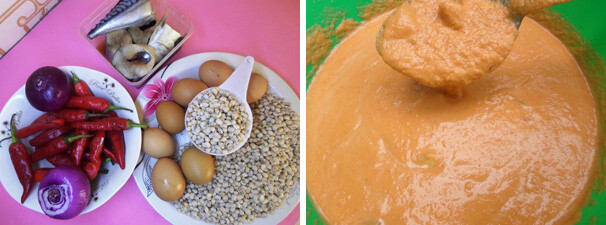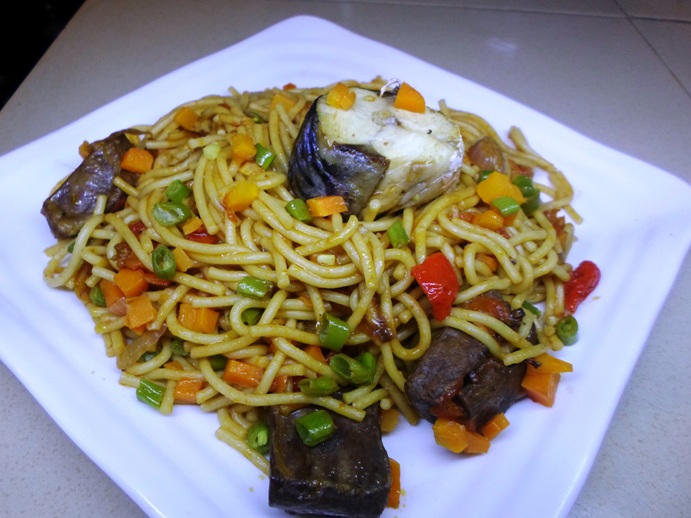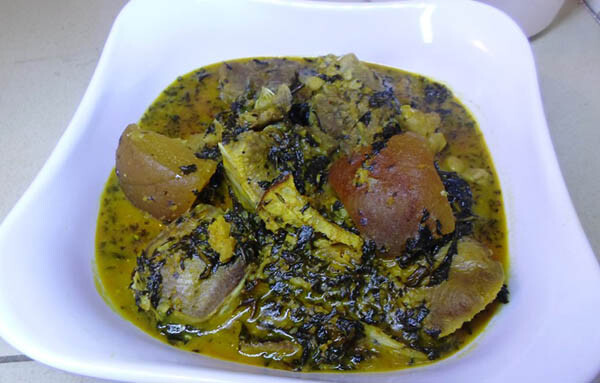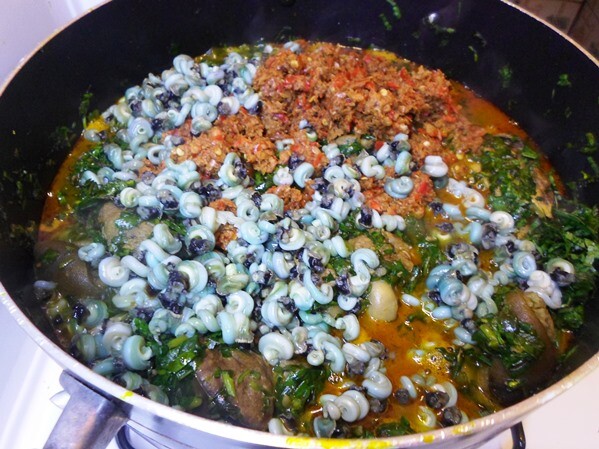They are really delicious and easy to make. You can enjoy them as snack with a glass of soft drink or serve with tea or pap.
It could serve as a perfect breakfast or as dessert. I think the name ‘diet’ suits it better because it is actually a blend of protein, carbohydrate, vitamins and fat and oil. It is more balanced than most simple Nigerian snacks.
Pancakes are served as snack with anyone of jam, honey, ketchup, butter or a blend of two in Europe and America, but here we enjoy it as it comes. I did however throw in a spoon of ketchup and it was super delicious.
Ingredients: Serving: 4
2 cup of plain flour
3 medium eggs
Half cup of evaporated milk
2 tablespoons of margarine
¼ teaspoon of salt
Teaspoon ground red dried pepper
1 cup of water
Vegetable oil
1 Spoon of thinly sliced onion (optional)
3 Tablespoons of sugar
I would suggest that you get evaporated milk; they are those in tins. like peak milk, three crown, choice, etc. You will need just about half a cup – 150mls.
You might wanna start by melting the margarine in a heated oven, use a ceramic plate, add two spoon of margarine and allow to melt under heat. You can also place the bowl in a bigger bowl of hot water to melt the margarine.
Break the two eggs into the melted margarine and mix together. Transfer to a bigger bowl and add your liquid milk, pepper, salt, sugar, half cup of water and stir all together.

Add the flour and mix well till there are minimal lumps, you can use a wooden turner for this, add more water, 100ml and observe, the batter should be watery enough to flow around the bowl. But not too watery. The image below would give you a hint.

You can blend to achieve a finer consistence if you like, I don’t do that. Add the thinly sliced one spoon of onions, stir all together and commence with the frying part.
Set your frying pan over medium heat, non-stick frying pan makes perfect pancakes; you might wanna look that up at http://allnigerianfoods.com/kitchen. Add a few drops of vegetable oil, about a tablespoon would do and make sure they are evenly spread to cover the surface of the pan.
Allow to heat for few seconds and pour some pancake batter into the frying pan. Make sure they are evenly spread too, you don’t want your pancake to be too thick or too thin.

Fry and flip the other side, one minute each for the sides, you will learn as you go. If it stuck to the frying pan, just try to shake the frying pan, a good frying spoon would also come in handy. Check to see that it is properly cooked the way you like it.
Repeat for the remaining batter and serve as snack… with your favorite soft drink or as breakfast with tea or coffee. This is how to make pancakes in Nigeria. There are slight variation in the Nigerian version and American version of pancake
Voila! Don’t forget to leave a comment via the form below. tell me about your favorite Nigerian food or snack.










































